Do you ever walk into a store, aimlessly fill the cart, and spend your hard-earned cash without a second thought?
Sure, we may be susceptible to the odd impulse buy, but, overall, many of us focus on what it is we’re buying, why we need the product, and how the product will add value to our lives.
Before arriving at the point of going through the checkout, a buyer embarks on a decision-making process that you as a product marketer must also understand.
This process works in tandem with consumer behavior, but what is consumer behavior, and more importantly, why is it applicable to businesses, as well as the consumer?
Let’s find out.
The importance of consumer buying behavior
Consumer behavior provides an understanding of the people buying your product, whether they’re individuals, groups of consumers, or organizations.
These behavioral trends provide invaluable insights into the process a buyer(s) goes through when they’ve decided to invest in your product or service, as well as how they use and consume your offering to fulfill their needs and requirements.
The consumer buying process helps companies with the likes of:
- Consumer differentiation
- Customer retention
- Design and implementation of effective marketing
- Predicting market trends
- Competitor intel
- Innovate new products - successfully
- Enhance customer service
- Remain relevant
What is the consumer buying process?
Otherwise referred to as the consumer decision-making process or buyer funnel, to name a few, the consumer buying process refers to the stages a customer experiences throughout their customer journey – from recognizing a need to the final post-purchase stage (and beyond!).
It’s a fundamental aspect of product marketing, serving as the cornerstone for businesses aiming to understand and influence customer behavior.
There are five steps in the consumer buying process, and the time taken to pass through each stage is unique for each customer.
For example, a consumer buying a new car may decide to test drive a model several times, compare and contrast different brands, read reviews, and conduct thorough research before making a purchase, or deciding to look at an alternative.
On the other hand, another person may devote their loyalties to a particular manufacturer, and be willing to invest after taking it for a spin. The point being, the fluidity of the consumer buying process hinges on the personal preferences of the consumer – sometimes it’s straightforward, and sometimes it’s convoluted.
Nevertheless, by comprehending the intricacies of this process you can tailor your research, strategies, and campaigns to engage with consumers effectively and enhance overall customer satisfaction and relationships.
So, what are the stages, what role do they play, and what influence does a product marketer have at each respective point?
The five key stages of the consumer buying process
The consumer buying process unfolds through several distinct stages, each playing a crucial role in shaping purchasing decisions. It typically begins with problem recognition, followed by an information search, evaluation of alternatives, and the actual purchase, and concludes with post-purchase evaluation.
Recognizing and addressing each stage enables you to strategically intervene, provide relevant information, build trust, and address concerns right from the get-go.
Stage 1: Problem recognition
Problem recognition marks the initiation of the consumer buying process, where individuals identify a need or challenge requiring resolution. It’s often considered the most important point in the process. After all, how can a consumer be expected to invest in a solution to a problem they’re yet to identify?
When our vision’s impaired, we buy new glasses, if we can’t sleep in our stuffy bedroom in the summertime, then we buy a fan, and when you’re sick to death of plugging the vacuum cleaner, you invest in a cordless alternative.
The common theme: Consumers buy products to solve a problem.
This phase is integral for product marketers, demanding a keen understanding of consumer pain points. Your role is to delve into the consumer's mindset, positioning your product as the ideal solution to their identified problem.
Whether your company’s making flat-screen TVs, state-of-the-art coffee machines, or mobile phones with “the most impressive, sophisticated megapixel camera," as a PMM pro, you need to use your skills and step into the mind of your prospective customer and position your product as the go-to option on the market that’ll solve their worries just like that.
To drive potential customers through the buyer’s journey, you need to research their purchasing habits and buyer behaviors and use your findings to craft messaging and communication that’ll resonate with respective personas, establishing your product as the ultimate answer to their concerns.
Triggers of problem recognition in consumers
You may not think marketing automation is your cup of tea, but with research revealing humans have a shorter attention span than a goldfish (no, we’re not kidding), we strongly suggest using these tools to enhance your customer onboarding experience and support your customers through the recognition phase and beyond.
While it's true that consumers buy products to solve problems, understanding what actually triggers that initial recognition is where things get fascinating – and a bit messy.
Here's what most marketers miss: the triggers consumers tell you about aren't always the ones that actually drive their behavior. This disconnect stems from what behavioral psychologists call the "intention-behavior gap." As one product marketing expert explains it, "People don't always do what they say."
Think about it. A B2B buyer might list specific criteria for their purchase decision – features, integrations, scalability. But when the moment comes? They choose a competitor's product that's 25% cheaper, even if it doesn't tick all their boxes. Why? Because the real trigger was risk aversion, not the rational criteria they shared.
This gap becomes even more pronounced when you factor in the social desirability bias. Consumers often articulate needs that sound professional or socially acceptable, while their actual triggers might be more personal or emotional.
A CMO might say they need a new marketing platform for "better data integration," when the real trigger is pressure from the board about falling behind competitors.
The emotional triggers that actually spark problem recognition often include:
- Fear of missing out: Seeing competitors or peers succeed with solutions you don't have
- Status anxiety: Feeling your current situation reflects poorly on your professional image
- Frustration peaks: That moment when a recurring annoyance finally becomes unbearable
- Social proof pressure: When "everyone else" seems to have solved a problem you're still facing
Here's the kicker: "Most B2B personas crafted by product marketers address the rational, yet it is the emotional drivers that shape today's buying decisions," as behavioral research shows. The conversation marketers think buyers are having? It's usually not the one they're actually having.
So how do you identify and leverage these real triggers?
First, look beyond what customers say in surveys. Watch what they actually do. Track the specific moments when prospects first engage with your content. What happened right before that interaction? What competitive announcements, industry changes, or internal pressures preceded their search?
Second, create messaging that speaks to both stated and unstated triggers. Yes, highlight your rational benefits. But also acknowledge the emotional reality. Instead of just "improve your data integration," try "stop feeling behind while your competitors race ahead with real-time insights."
Finally, map triggers to specific market moments. Product marketers who understand trigger timing can position their solutions exactly when problems feel most acute – during budget planning, after competitive losses, or when industry regulations change.
The most successful marketers recognize that problem recognition isn't a lightbulb moment. It's a complex interplay of rational needs, emotional drivers, social pressures, and situational factors. Master this complexity, and you'll connect with customers at the exact moment they're ready to act.
Stage 2: Research, research, research
The research process is where consumers actively seek information about products or services recognized during problem recognition.
They’ll typically search both online and offline, as well as internally and externally, intending to collect information on the products or services identified at the preceding problem recognition point. This might involve anything from exploring a multitude of online reviews to seeking advice via word of mouth (WOM).
Unsurprisingly, much of the consumer research is completed online, so businesses need to ensure they invest time, effort, and resources in their SEO (search engine optimization) to enhance their online exposure and brand presence.
But consumers don’t only turn to the powers of the World Wide Web during the search process, with word of mouth regarded by many as the most powerful form of advertising. Previous experiences or testimonials from family and friends are often cited as a key factor behind a person being persuaded or dissuaded from choosing one brand, instead of another.
Online information search patterns
The digital transformation of information search has fundamentally changed how consumers research products – and it's evolving faster than most marketers realize.
Let's start with a sobering statistic: according to recent B2B research, "something like 60 to 70 percent of the research is done before a buyer engages a B2B vendor." This means the majority of your customer's opinion is formed before they ever land on your website or talk to your sales team.
But here's where it gets really interesting – and slightly terrifying for marketers.
The search landscape is undergoing a seismic shift. As one VP of Product Marketing recently observed, "Their number one initial interaction is generative AI. So they're going to ChatGPT. They're going to Perplexity. And they're typing questions there, not even going to the search engines."
Think about that. The Google-first search behavior we've optimized for over two decades? It's being disrupted in real-time.
Even when consumers do use traditional search engines, the game has changed. "Google is screwing all of us with its AI results," the same executive notes, "because now we're not getting the traffic to our sites."
Instead of just competing for top SERP positions, marketers must now optimize for:
- AI-generated summaries that might answer queries without a click
- Featured snippets that capture attention above traditional results
- Voice search queries that favor conversational, question-based content
- Social search on platforms like TikTok and Instagram
This shift demands a fundamental rethink of how we approach the information search phase. You're no longer just optimizing for keywords – you're optimizing for questions, conversations, and AI interpretation.
So what does modern online search behavior actually look like?
Consumers typically follow a multi-channel journey:
- Initial AI consultation: Asking ChatGPT or similar tools for recommendations
- Social validation: Checking Reddit threads, LinkedIn discussions, or industry forums
- Review deep-dives: Scrutinizing user reviews on G2, Capterra, or industry-specific platforms
- Competitive comparison: Using comparison sites or creating their own spreadsheets
- Final vendor research: Only then visiting your website for specific details
The implications for marketers are profound. You need to influence conversations happening in channels you don't control. This means:
Seeding AI knowledge bases: Ensure your product information, use cases, and differentiators are well-documented across the web where AI systems can find them.
Building authentic presence: Participate genuinely in forums and communities where your buyers seek peer advice. No promotional spam – add real value.
Optimizing for intent, not just keywords: Create content that answers the actual questions buyers ask AI and search engines, not just the keywords you want to rank for.
Enabling customer advocates: Since peer recommendations carry more weight than vendor content, empower satisfied customers to share their experiences.
The harsh reality? By the time a prospect reaches your website, they've likely already formed strong opinions based on AI responses, peer discussions, and third-party reviews. Your job isn't to start the conversation – it's to confirm and enhance the positive narrative they've already begun to build.
Or challenge the negative one, if competitors got there first.
Stage 3: Considering alternatives
After visiting their chosen sources, your customers will now be at a stage where they’ll have earmarked a few options, before deciding where to invest.

Let’s use the classic running shoe comparison as an example. After visiting their chosen sources, your customers will now be at a stage where they’ll have earmarked a few options – and are evaluating which product aligns best with their needs – before deciding where to invest.
They’ll have taken into account factors such as cushioning, comfort, and the protection the shoe gives the foot.
And let’s not forget the price!
When a consumer is making their buying decision, they’ll always be looking for the best product they can get, at the best price. Evaluating alternatives allows the consumer to conclude which option would suit their needs and address their pain points before they make a final selection.
This is the stage where effective product marketing can tip the scales in your favor by demonstrating why your product stands out among the alternatives.
Stage 4: Selection stage
This is it – crunch time.
Having identified their problem, searched for available products, and compared and contrasted the options on the table, it’s time for the consumer to decide which product they’re going to buy.
Product marketers play a pivotal role in this stage. You need to ensure that your product is not only considered but chosen. Factors like negative reviews, reluctance to invest, poor customer onboarding, company location, and reputation can influence the consumer's decision.
All going well, this is the point your hard work pays dividends and you convert the lead into a customer. That said, it’s not always plain sailing, with multiple factors contributing to a consumer taking their custom elsewhere.
This could be attributed to the likes of:
- Negative reviews
- Reluctance to invest
- Poor customer onboarding
- Company location
- Poor reputation
Stage 5: Post-purchase evaluation
The post-purchase evaluation is very much what it says on the tin: It’s the reflective phase where customers assess how useful their new investment is, and whether or not their new investment has fulfilled the expectations they had during the pre-purchase stages.
Positive post-purchase experiences can transform customers into brand ambassadors. If you have a satisfied customer who becomes an ambassador, they’ll promote your product and serve as an influencer for prospective customers… Remember the importance of word-of-mouth marketing we spoke about?
Cognitive dissonance after purchase
Here's an uncomfortable truth: even your happiest customers experience moments of doubt after buying. This psychological phenomenon – cognitive dissonance – is the mental discomfort people feel when their actions (making a purchase) clash with competing thoughts ("Did I make the right choice?").
And it's more common than you might think.
Cognitive dissonance typically manifests in several ways:
- Price anxiety: "Could I have gotten a better deal elsewhere?"
- Feature doubt: "Does the competitor's product have something mine doesn't?"
- Social uncertainty: "What will others think of my choice?"
- Implementation worry: "Will this actually solve my problem?"
The stakes are higher than many marketers realize. As one product marketing leader puts it: "Oftentimes, we think as product marketing, our job is done once we make that decision. But our job is done once we have converted those folks who discovered us to finally then say, we will be your advocate."
This shift in perspective – from closing the sale to creating advocates – changes everything about how we approach post-purchase experience.
Why does cognitive dissonance matter so much? Because unaddressed doubt doesn't just risk returns or refunds. It kills word-of-mouth marketing, prevents repeat purchases, and can turn potential advocates into detractors. Remember, in our hyper-connected world, one customer's post-purchase regret can influence hundreds of future buyers.
So how do you transform natural doubt into confident advocacy?
Immediate reassurance: Within 24 hours of purchase, send a personal welcome that reinforces their smart decision. Share a quick win they can achieve right away. Nothing reduces dissonance like immediate value.
Social proof at scale: Show them they're joining a community, not just buying a product. "You're now one of 10,000 marketers who've chosen [product] to transform their strategy." Include a success story from someone just like them.
Proactive support: Reach out before they hit roadblocks. "Most customers have questions about X at this stage – here's a 2-minute video that helps." Anticipating concerns shows you understand their journey.
Celebrate milestones: Track and acknowledge their progress. "You've been using [product] for 30 days and already achieved Y!" Success validation combats lingering doubt.
Enable their voice: Make it easy for satisfied customers to share their experience. As the product marketing leader notes: "I take pride whenever I have a customer that just made the decision to buy the product. They have implemented it. They have decided this is a great solution. I wanna tell everybody how awesome you guys are."
The most successful companies recognize that cognitive dissonance isn't a flaw in the customer – it's a natural part of any significant purchase decision. By acknowledging and addressing it head-on, you don't just retain customers. You create a army of advocates who've moved from doubt to confidence to enthusiasm.
And that enthusiasm? It feeds directly back into the buying process for your next customer, providing the social proof and peer validation that reduces their cognitive dissonance from the start.
The cycle continues, but only if you get the post-purchase experience right.
Factors influencing consumer behavior
Consumer behavior is a complex interplay of many different factors – both internal and external, and each factor can significantly influence the customer’s decision-making process.
Internal factors encompass things like personal preferences, attitudes, and perceptions, while external factors include the likes of cultural norms and economic considerations. Recognizing the interconnectivity of these elements is key when you’re seeking to understand and predict consumer behavior.
By dissecting these influences, you can tailor your strategies to resonate with the target audience effectively and foster deeper connections which (hopefully) turn into brand loyalty and advocacy.
Measuring and optimizing the consumer buying process
Understanding the five stages is one thing. Actually measuring and improving performance at each stage? That's where theory becomes reality.
Too many marketers treat the buying process as a theoretical framework rather than a living system that needs constant monitoring and optimization. But here's the thing: you can't improve what you don't measure. And in today's data-rich environment, there's no excuse for flying blind.
The KPI framework that actually works
One data-driven product marketing manager shared their battle-tested approach: "Instead of reinventing the wheel, I like to lean on go-to KPIs to help with leading indications of campaign success or failure."
Here's how to map metrics to each stage:
Stage 1 - Problem recognition
- Press hits and brand mention volume
- Organic search traffic for problem-related keywords
- Social media engagement on educational content
- First-touch attribution sources
Stage 2 - Information search
- Website traffic and specific page paths
- Content engagement rates (time on page, scroll depth)
- Marketing Qualified Leads (MQLs)
- Search query analysis and AI mention tracking
Stage 3 - Evaluation of alternatives
- Comparison page visits
- Demo requests and trial sign-ups
- Sales opportunities created
- Competitive battlecard usage by sales
Stage 4 - Purchase decision
- Influenced pipeline value
- Close rates by source
- Sales cycle length
- Win/loss analysis results
Stage 5 - Post-purchase
- Product adoption metrics
- Customer satisfaction scores (NPS, CSAT)
- Support ticket patterns
- Advocacy program participation
But metrics alone aren't enough. You need a system for continuous improvement.
The optimization cycle that keeps you ahead
A VP of Product Marketing at a leading B2B SaaS company revealed their optimization cadence: "That actual map, we probably refresh twice a year. But throughout that time, we're iterating with the demand teams... every three months, we're kind of looking at results and then optimizing."
Here's their proven quarterly review process:
Month 1: Gather data
- Pull performance metrics across all stages
- Collect customer and field feedback
- Analyze marketing tactic performance (trade shows, webinars, emails)
- Review win/loss insights
Month 2: Identify patterns
- Spot bottlenecks between stages
- Compare channel effectiveness
- Map customer feedback to specific journey points
- Benchmark against previous quarters
Month 3: Implement changes
- Adjust tactics based on performance data
- Shift budget to high-performing channels
- Update messaging for underperforming stages
- Train teams on new approaches
Making measurement manageable
The secret to sustainable measurement isn't tracking everything – it's tracking the right things consistently. Focus on:
Leading indicators that predict future success:
- Engagement rates at each stage
- Progression velocity between stages
- Channel mix effectiveness
Lagging indicators that confirm results:
- Revenue attribution by journey path
- Customer lifetime value by acquisition source
- Advocacy rates by segment
Qualitative insights that explain the numbers:
- Customer interview themes
- Sales team feedback
- Support ticket root causes
Remember: "We're constantly talking to our customers and our buyers and getting that feedback," as the VP emphasized. Numbers tell you what's happening. Conversations tell you why.
Your measurement starting point
Don't try to boil the ocean. Start with these three steps:
1. Pick one KPI per stage that your team can actually influence
2. Set up a monthly dashboard that takes less than 30 minutes to review
3. Schedule quarterly optimization sessions with sales, product, and customer success
The goal isn't perfection. It's progress. Each quarter, you'll understand your buyers a little better, optimize a little smarter, and convert a little higher.
Because at the end of the day, the best buying process framework is the one that actually improves based on real customer behavior.
Psychological aspects of consumer decision-making
Consumer decision-making extends far beyond surface-level needs and wants. It’s shaped by, you guessed it – the human brain; the nuanced mechanisms of our psyche.
If you’re seeking unwavering brand loyalty, you need to peel back the layers and examine the implicit perceptions, attitudes, motivations, and values that could be guiding each customer’s purchase.
What values could color a consumer's view of a product? How do entrenched attitudes influence receptivity to messaging? What desires or goals could spur engagement with your brand?
By probing these psychological dimensions, you can align positioning and messaging, and create impactful campaigns.
The role of branding and positioning
As you likely know, in today’s market, product quality and features aren’t always enough to sway a customer. Long-term loyalty stems from making that emotional connection.
Meticulous and creative branding goes way beyond a logo or tagline. A brand should represent the total experience a customer has with a product – effective branding weaves together the right messaging, imagery, and associations, and constructs and solidifies them in the minds of the consumer.
This means weaving your purpose, values, and personality into your branding, so you can resonate on a deeper level, and become much more than a commodity.
This ties in with your positioning – ensuring your brand is clear, seamless, consistent, and differentiated from your competitors. Leaning too heavily on features alone leaves you at risk of being replaceable.
Post-purchase experience and customer satisfaction
The customer journey doesn’t end at checkout. The consumer buying process is just that: An ongoing process. If you want conversions and long-lasting loyalty, don’t overlook this stage.
Attentive PMMs understand that how a customer feels after a purchase can make or break the relationship. Providing stellar customer service, checking in on satisfaction, and surprising with loyalty perks can transform an experience from just transactional into something personal. It shows that your cares lie beyond revenue.
Don’t forget – satisfied customers often become vocal champions, generating word-of-mouth.
Final thoughts: The role of product marketing in consumer decision-making
Product marketing is a linchpin in the consumer decision-making process, orchestrating a strategic tie between the product and its potential consumers.
From the initial stages of creating awareness to the post-purchase phase, product marketing shapes how consumers perceive and engage with a product.
Effective product marketing transcends simple promotional tactics and focuses on creating a compelling narrative that aligns the product seamlessly with the consumer's lifestyle, solving their problems, addressing their needs, or enhancing their experiences.
Throughout the consumer buying process, your strategies will evolve to cater to each stage uniquely.
Want to learn more?
Wouldn’t it be awesome if we could line our customers up, throw on a pair of magic goggles, and read all of their minds? Imagine the insights you could collect to influence your entire product marketing strategy!
Well, we might not have magic but we do have a Consumer Psychology Certified course to help you… which is pretty much the same thing.
Led by Alex Chahin, VP of Marketing at Titan, you’ll learn how to tap into consumer psychology and reap the rewards of applying knowledge around behavioral economics to your product marketing strategies.
By the end of this course, you'll:
✅ Have a definition of consumer psychology in marketing and how advertising affects consumer behavior.
✅ Better understand how to group pain and gain points.
✅ Understand how personal factors and individual differences affect people's buying choices.
✅ Be able to identify what your customer’s default action is.
And much more...
This article was updated on 24th June 2025.





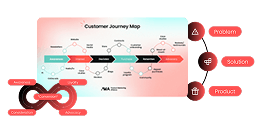



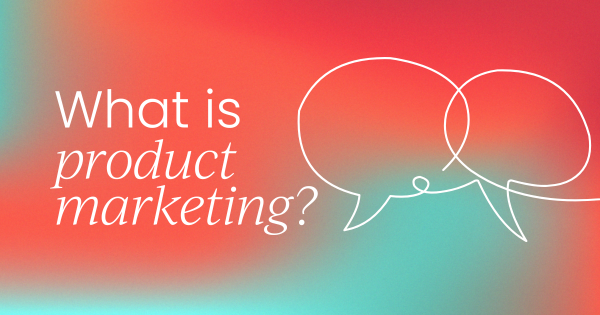
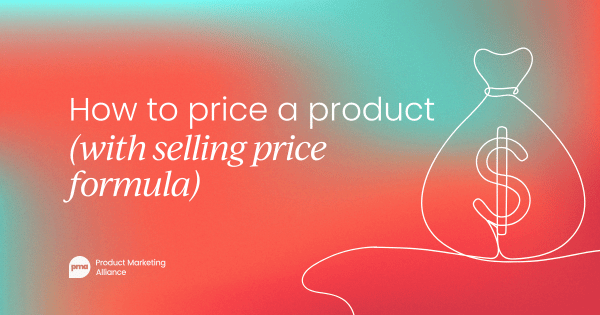
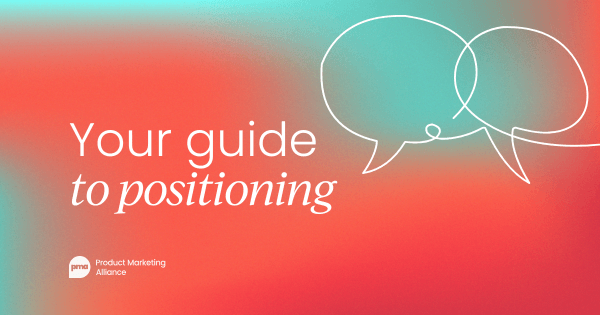
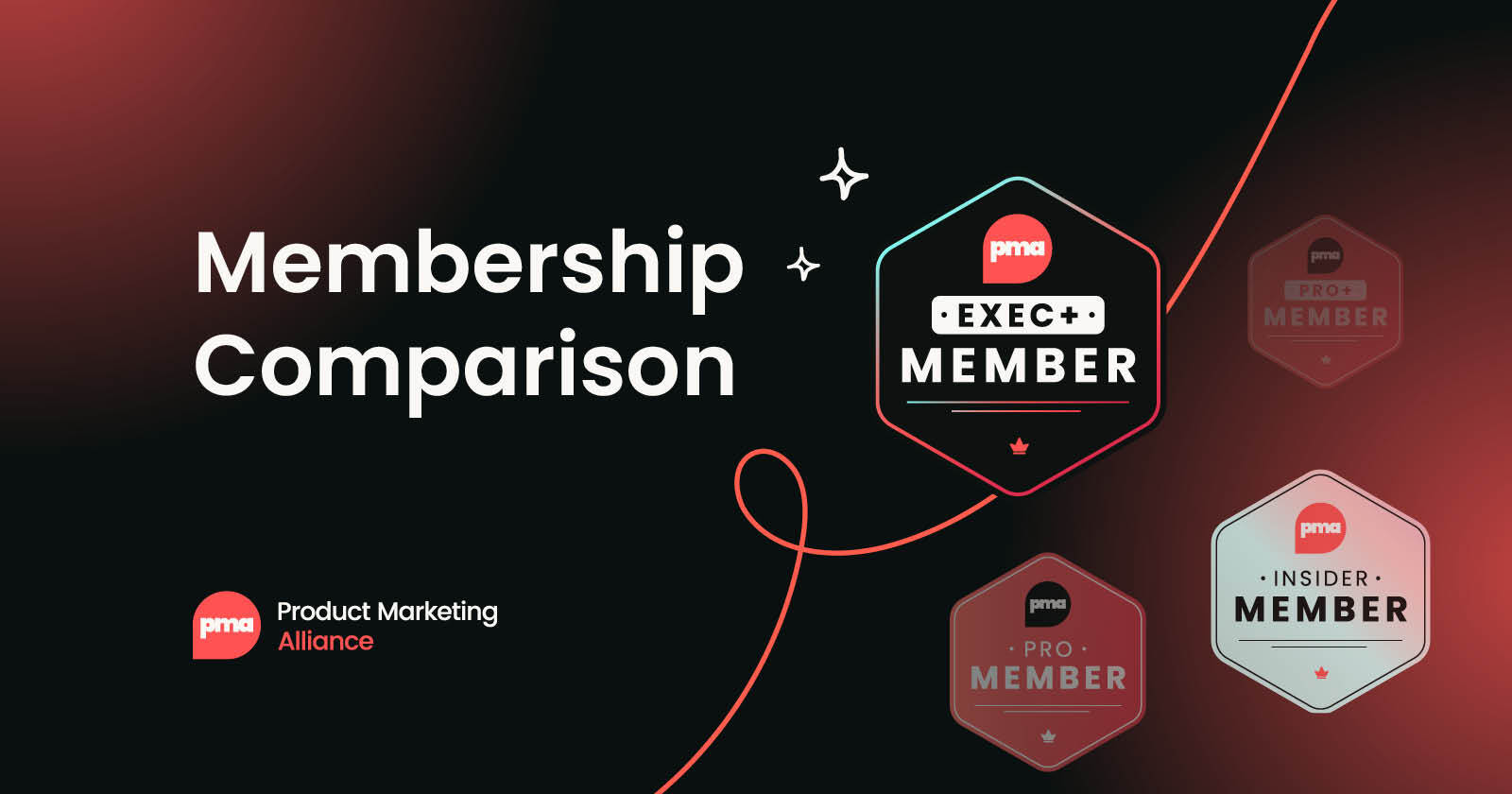
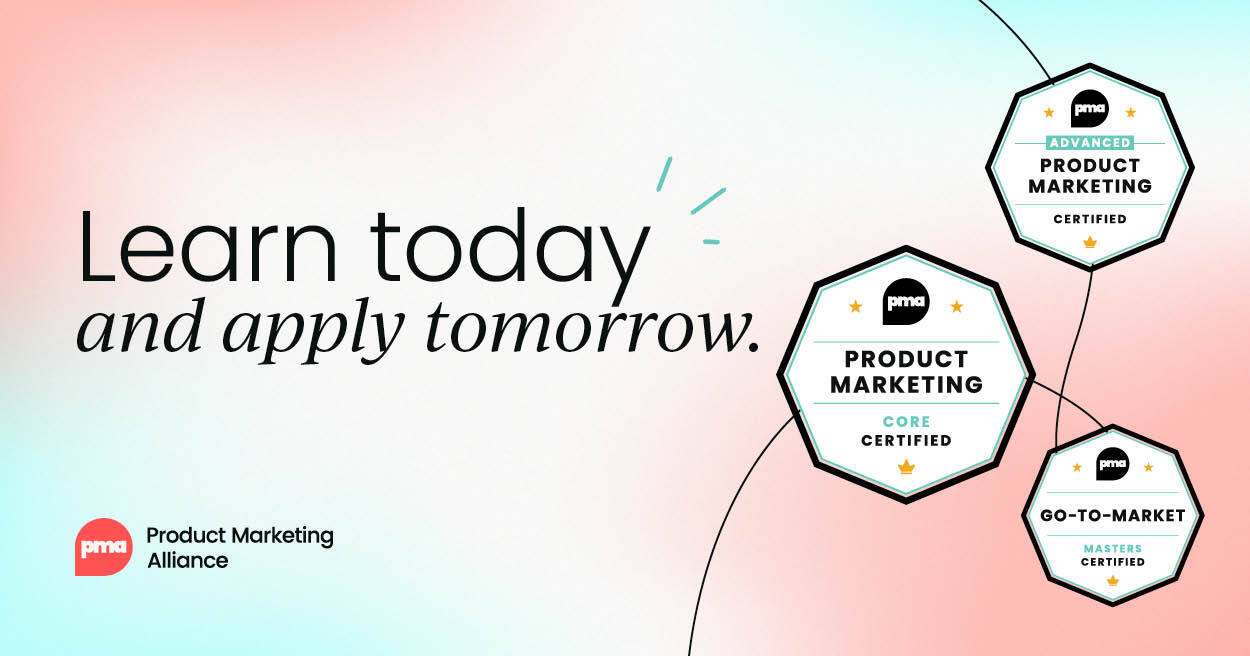
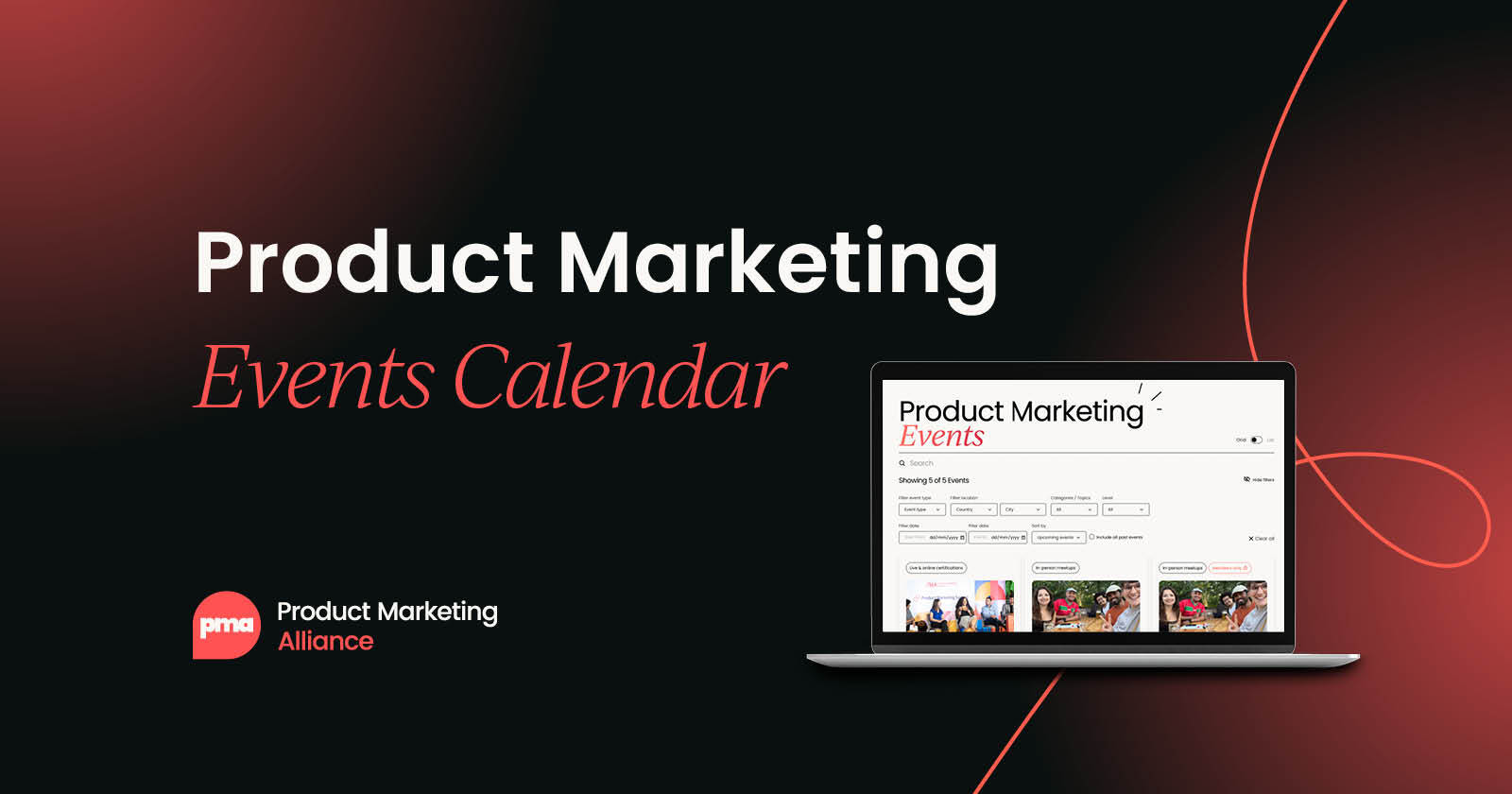


 Follow us on LinkedIn
Follow us on LinkedIn

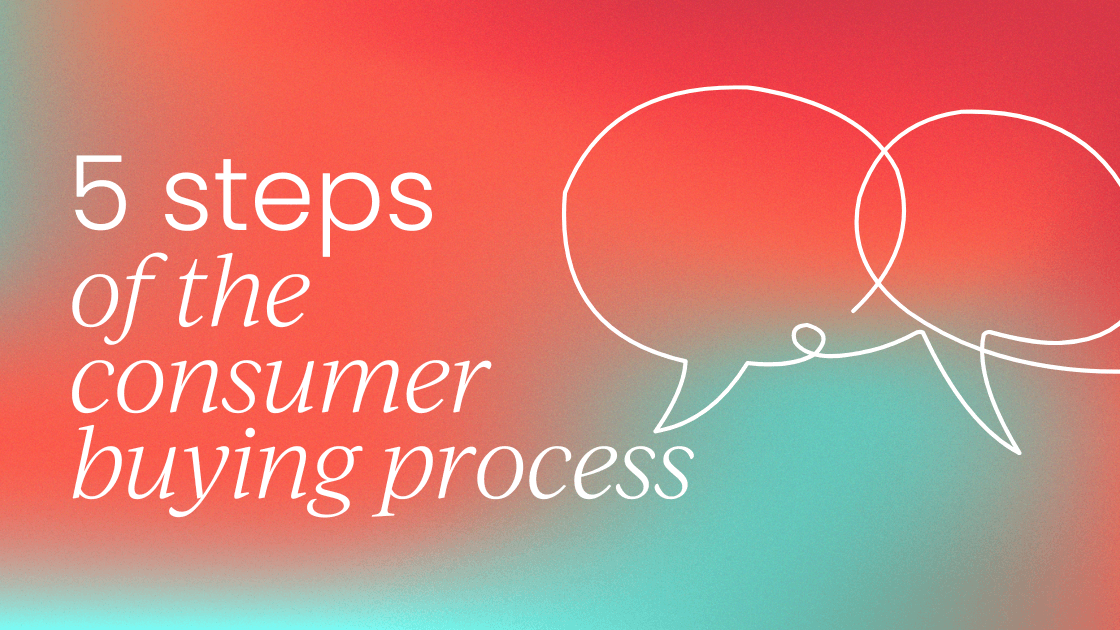


.svg)
Start the conversation
Become a member of Product Marketing Alliance to start commenting.
Sign up now